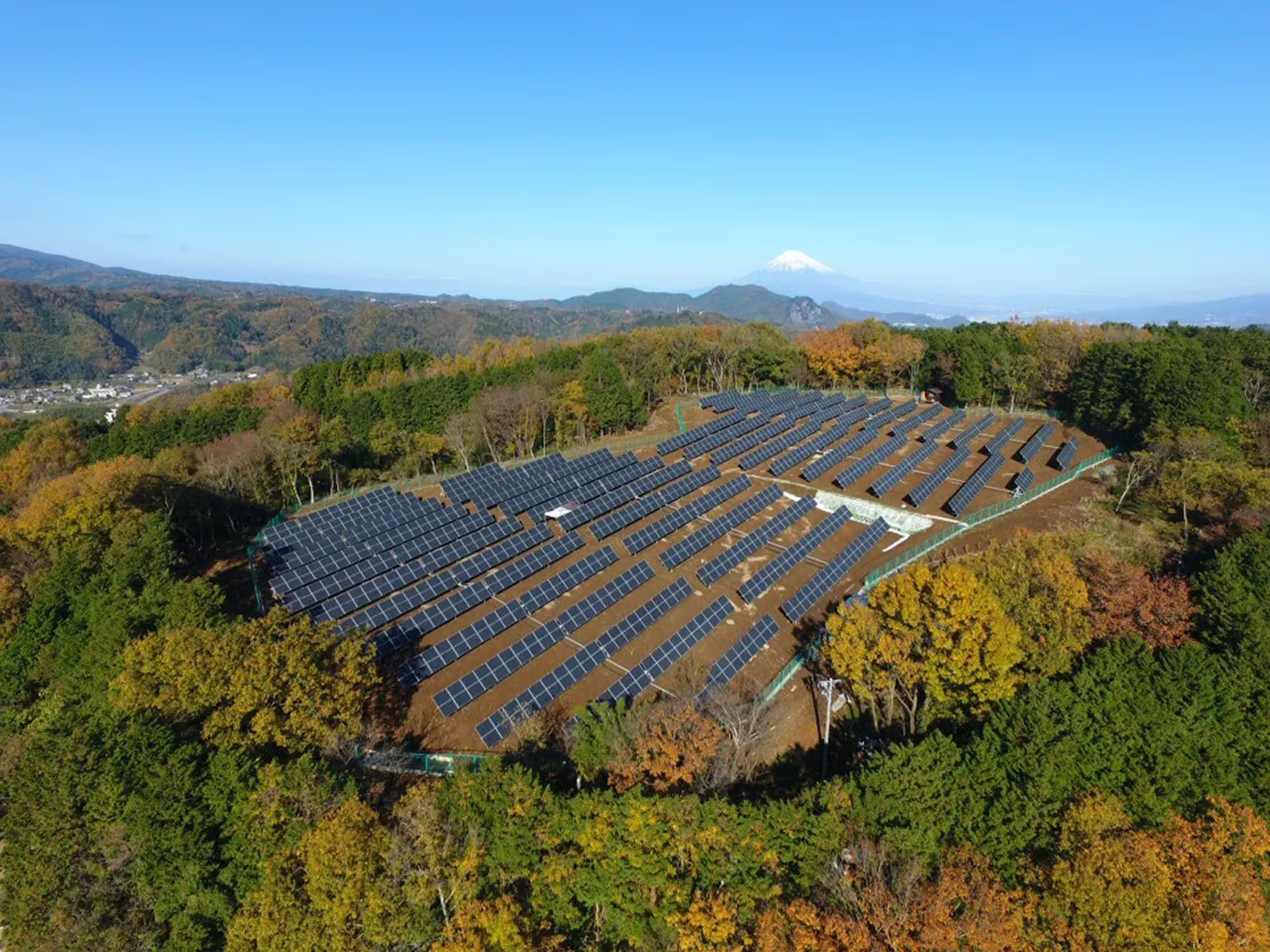Cryptocurrencies. For some, they’ve paved the way to incredible fortune. For others they are, in the wise words of John Oliver, “Everything you don’t understand about money, combined with everything you don’t understand about computers.” But for all of us, Cryptocurrencies are going to change the way we think about energy consumption.
Let’s break it down, bit by bit.
There are currently 1,720 different cryptocurrencies in existence, but of these, only one has consistently turned news outlets, economic analysts, and reddit heroes on their heads: Bitcoin. Bitcoin’s growth over the course of 2017 was astronomical, jumping from a valuation of around $1,000 dollars in January to a valuation of almost $20,000 by December. It reigns supreme as the most highly traded cryptocurrency, and although its price has now dipped back down to around $8,000, it shows no signs of slipping down in the future.
What does any of this have to do with energy?
Unlike traditional currencies, Bitcoin is not linked to a central bank. It is “mined” amidst sprawling computer farms that require incredible amounts of energy to operate. According to a report by Morgan Stanley, Bitcoin mining is predicted to consume the same amount of energy in 2018 as the entire country of Argentina.
But that might not even be the worst of it. According to a 2017 study, PowerCompare predicts that without a significant alteration in the way we process Bitcoin transactions, the cryptocurrency could guzzle enough energy to power the United States by the middle of 2019. This reality is not just on our doorstep, it’s sitting on our living room sofa.
What about blockchain?
If Bitcoin is the picture, then blockchain is the frame, the canvas, the room that the picture is in, and even the people in the room looking at that picture. It would be impossible to talk about the energy ramifications of Bitcoin without talking about blockchain as well.
Ready to try and understand blockchain? Let’s do this.
Blockchain is like a highly advanced public ledger of transactions. Unlike traditional banks, which contain their ledgers in a centralised location (a server in Switzerland for example), blockchain uses a completely decentralised network of volunteer users, or “miners,” from around the world to record, monitor, and verify Bitcoin transactions (here’s a useful “Google Docs” metaphor to help explain this phenomenon). Without these volunteer users agreeing on the validity of each transaction, there would be no way to ensure that hackers aren’t committing fraud, or “Double Spend.”
But why, you might be wondering, would anybody in their right mind willingly volunteer to verify cryptocurrency transactions? The answer is simple: money. Hidden within each new block of transactions that the miners verify is an algorithm. The algorithm is the golden key, and the miner who solves it and verifies past transactions is awarded 12.5 Bitcoins, the equivalent of $102,750. The block is then added to the chain of past blocks (hence the name blockchain), and the rush to solve the new block’s algorithm begins again.
Unfortunately, cracking the code requires massive amounts of computing power. Moreover, in order to prevent the code from being cracked too quickly, the algorithm becomes harder as the computing power expended to solve it increases. It is a vicious, environmentally disastrous cycle, yet it just might help to save the world.
Did they just say “save”?
You read correctly. In its current state, blockchain is a disaster for energy, but the opportunities it will create to save energy in the very near future are monumental. Michael Casey, a senior advisor on blockchain research at MIT, points out that the demand for processing power will, “Not only incentivise miners to seek low-cost renewable energy, but also drive energy firms to work hard at developing solutions for them, with spillover benefits for the rest of the world.”

Credit: Pei Zhu
You see, it is not just in the interests of environmental activists to find a solution to the blockchain energy problem, it’s in the interests of all who participate in the process. The more power they use, the more money they lose.
Casey’s prediction is already playing out
Over the last few months, Bitcoin minors have flocked north to Sweden and Norway. Both countries offer extremely cheap hydroelectric energy for mining operations, as well as the low temperatures necessary to keep the computer systems cool. It’s a promising trend, and has already played a big part in reducing the carbon footprint of Bitcoin mining.
But the move toward Nordic countries is just the tip of the iceberg.
Blockchain technology is not limited to processing Bitcoin transactions — it’s highly adaptable. Companies such as Solar Bankers, for example, plan to apply a far more energy efficient form of blockchain technology to the energy sector. Their decentralised ledger system would enable individuals to trade energy amongst themselves without a utility company as a middle man.
"The solar energy market is dominated by large utility companies that buy solar energy at a low price and sell it through the electricity grid at a much higher price, securing huge profits at the expense of the end consumers and small-scale solar producers.”
- Solar Bankers
Without utility companies maximising their margins, the price of solar credits would be a lot cheaper. This means that clean, efficient, solar power could become an economically viable alternative for millions of individuals and businesses. About time.
Sharing is caring

Credit: Mark Merner
Blockchain technology, like all the other technologies, is what we will make of it. Cryptocurrency culture of sharing and community validation will help our world transition away from carbon-emitting competing forces towards a more collaborative and efficient world. The sustainable age will not be a return to the past but the entry into a balanced relationship between humans and nature. This is a big deal, and it’s not a question of if, but when. So get the barbecue ready, because sunny days are ahead.
If you want to dig deeper in the adventures of sustainability and technology, have a chat with us.









